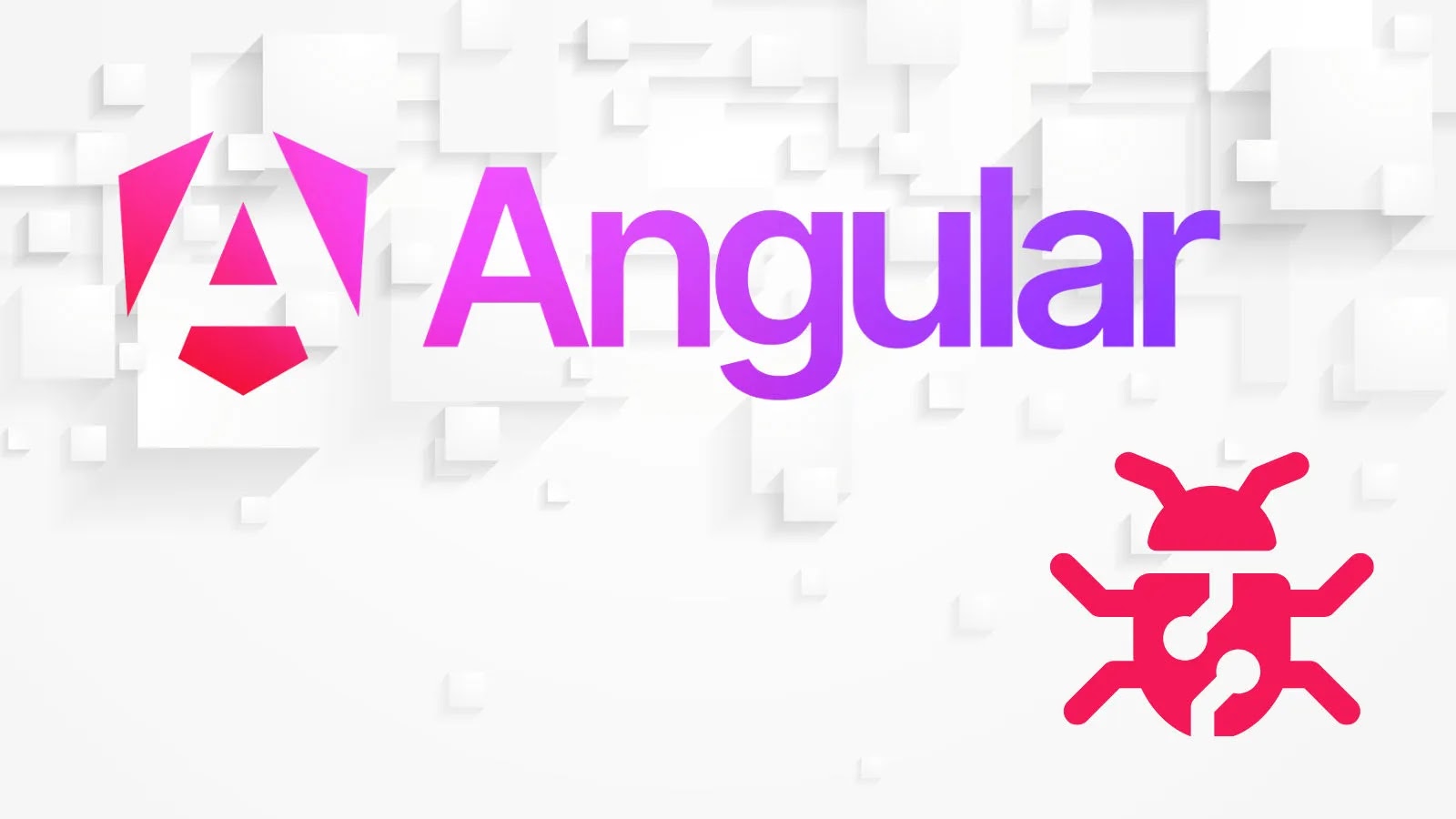
Angular SSR Vulnerability Lets Attackers Access Sensitive Data
Angular SSR Vulnerability: A Critical Data Leakage Risk for Your Applications
In the intricate landscape of web application development, Server-Side Rendering (SSR) offers significant advantages, enhancing performance and improving SEO. However, a recent discovery casts a stark light on a critical vulnerability within Angular’s SSR implementation. This flaw poses a severe risk, potentially allowing attackers to access sensitive user data, turning a performance boon into a significant security liability. Understanding this vulnerability and its implications is paramount for any organization leveraging Angular SSR.
Understanding the Angular SSR Vulnerability
The core of this vulnerability lies in how Angular’s SSR handles concurrent requests. Specifically, the flaw enables data from one user’s session to inadvertently leak to another. This “data mingling” or “cross-session data leakage” means that a user accessing an Angular SSR application could potentially view sensitive information – such as personal details, transaction data, or proprietary information – belonging to a different, concurrently active user.
This is not a theoretical exploit; it’s a practical risk with direct privacy and compliance implications. The vulnerability is tied to the internal mechanisms of how Angular SSR manages and isolates data during the rendering process for multiple simultaneous client requests. When these isolation mechanisms fail due to the flaw, the framework incorrectly serves data intended for one session to another.
Impact and Potential Exploitation Scenarios
The impact of this vulnerability is severe, directly threatening data confidentiality. Consider the following scenarios:
- Sensitive Data Exposure: In an e-commerce platform, one user might see the shopping cart contents or even order history of another user.
- Account Takeover Precursors: While not a direct account takeover, exposed session data could provide attackers with vital clues or parameters needed to craft more sophisticated attacks.
- Compliance Violations: For applications handling Protected Health Information (PHI) or Personally Identifiable Information (PII), this leakage constitutes a significant breach of privacy regulations like GDPR, HIPAA, or CCPA.
- Reputational Damage: A data leak, regardless of its scale, can severely erode user trust and damage an organization’s reputation.
While the exact exploit specifics often depend on the application’s unique architecture, the fundamental mechanism involves a timing window or a specific request pattern that triggers the cross-session data leakage.
Remediation Actions and Patches
The Angular team has promptly addressed this critical flaw, releasing patches for all actively supported versions of the framework. Organizations running Angular applications with SSR enabled must prioritize immediate patching to mitigate this risk.
- Identify Affected Versions: Determine if your Angular application uses SSR and which Angular version you are running.
- Update Angular: Apply the latest patched versions of Angular. These updates address the underlying concurrency handling issues that lead to the data leakage. Consult the official Angular documentation for specific upgrade paths.
- Monitor and Test: After applying patches, rigorously test your application, especially under high load conditions, to ensure the vulnerability is fully mitigated and no new issues have been introduced. Implement robust logging and monitoring to detect unusual data access patterns.
- Review and Harden SSR Configurations: Beyond patching, review your Angular SSR configurations. Ensure best practices are followed for state management, data caching, and server-side logic to prevent similar vulnerabilities from emerging.
Relevant Tools for Detection and Mitigation
While patching is the primary defense, various tools can aid in the detection, analysis, and ongoing security posture management of your Angular SSR applications:
| Tool Name | Purpose | Link |
|---|---|---|
| OWASP ZAP | Comprehensive web application penetration testing. Can identify various vulnerabilities including potential data leakage via active and passive scanning. | https://www.zaproxy.org/ |
| Burp Suite Professional | Industry-standard web vulnerability scanner and proxy. Excellent for manual and automated testing of SSR applications, intercepting and manipulating requests/responses. | https://portswigger.net/burp |
| Snyk | Developer-first security platform for finding and fixing vulnerabilities in dependencies. Essential for identifying known vulnerabilities in Angular and other libraries. | https://snyk.io/ |
| Dependabot / Renovate Bot | Automated dependency update tools. Help ensure you are running the latest, patched versions of Angular and its dependencies. | https://docs.github.com/en/code-security/dependabot/working-with-dependabot / https://docs.renovatebot.com/ |
Looking Ahead: Secure Development Practices
This Angular SSR vulnerability underscores the critical importance of secure development lifecycle practices. Regular dependency updates, thorough security testing (both automated and manual), and a deep understanding of framework internals are indispensable. For developers working with SSR frameworks, the principle of strict data isolation between concurrent requests must always be a top priority. Adopting a security-first mindset ensures that the powerful capabilities of modern web frameworks do not inadvertently become avenues for data compromise.





